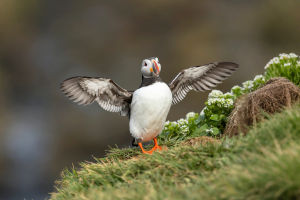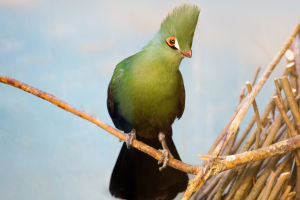Have you ever wondered about one of the largest flying birds in the world? Let’s dive into the captivating world of the Indian Sarus Crane (Antigone antigone). This bird is truly magnificent, with a striking appearance and impressive size.
Found in regions like northern India, Nepal, Southeast Asia, and Queensland in Australia, the Sarus Crane is not only a bird of great size but also one that plays a vital role in its ecosystem.
Physical Appearance and Characteristics
The Indian Sarus Crane stands out due to its striking grey body and a unique, featherless red head. It’s easy to spot in flight, with its long neck extended, and black wing tips that contrast against its red or pinkish legs. On average, the bird reaches a height of 1.5 meters, and with an impressive wingspan of up to 2.5 meters, it is one of the largest flying birds on Earth!
They can weigh up to 7.3 kilograms, which makes them slightly lighter than the famous red-crowned crane. Male and female Sarus Cranes look alike, although males are typically larger. The young birds have darker, brown feathers, which change as they grow.
Habitat and Distribution
Sarus Cranes are primarily found in freshwater wetlands and plains. In their natural habitat, these birds are commonly seen in shallow waters, where they walk gracefully and use their long bills to feed. They are mostly non-migratory, staying in the same general areas throughout the year, with only slight movements to neighboring areas.
Their range extends from the sub-Himalayan region to Southeast Asia, and they are also spotted in parts of Australia, where they are occasionally confused with the Australian Crane, which is quite similar but has a smaller red patch on its head.
Feeding Habits and Diet
As omnivores, Sarus Cranes enjoy a varied diet. They feed on a wide range of foods, from insects and small invertebrates to seeds, fruits like strawberries, and plants found in wetland areas. They also eat aquatic plants and small vertebrates. Their long, powerful beaks allow them to probe deep into the ground or water to find their meals. This diverse diet helps them thrive in the wetlands, and it is one of the key reasons why they are well-adapted to their environment.
Breeding and Nesting
Sarus Cranes are dedicated to their partners and are known for their lifelong monogamous bonds. They typically build their nests on the ground, choosing sites that are close to water. The female lays two to three eggs per breeding season, and both the male and female take turns incubating them.
However, it is mostly the male who takes the lead in guarding the nest and protecting their future offspring from potential threats. Their nesting behavior is an important aspect of their reproductive success and plays a critical role in their conservation.
Conservation Status and Threats
Despite their large size, Sarus Cranes face threats from habitat loss, human encroachment, and changes to the wetlands they call home. They are classified as "Vulnerable" by the International Union for Conservation of Nature (IUCN), with population numbers steadily declining. Conservation efforts are vital to ensuring the survival of these majestic birds, and various initiatives are being put in place to protect their habitat and encourage sustainable practices in the regions they inhabit.
Why We Should Care
As we learn more about the Sarus Crane, we are reminded of the importance of protecting wildlife and their habitats. The Sarus Crane, with its incredible size and fascinating behaviors, is a symbol of the delicate balance of nature. By taking action to protect their wetlands and natural environments, we can help ensure that future generations will continue to marvel at these majestic birds. So, let’s do our part to protect them!
Thanks for reading about this incredible bird! Have you ever seen a Sarus Crane in the wild? Let us know in the comments and share your experience with us!


